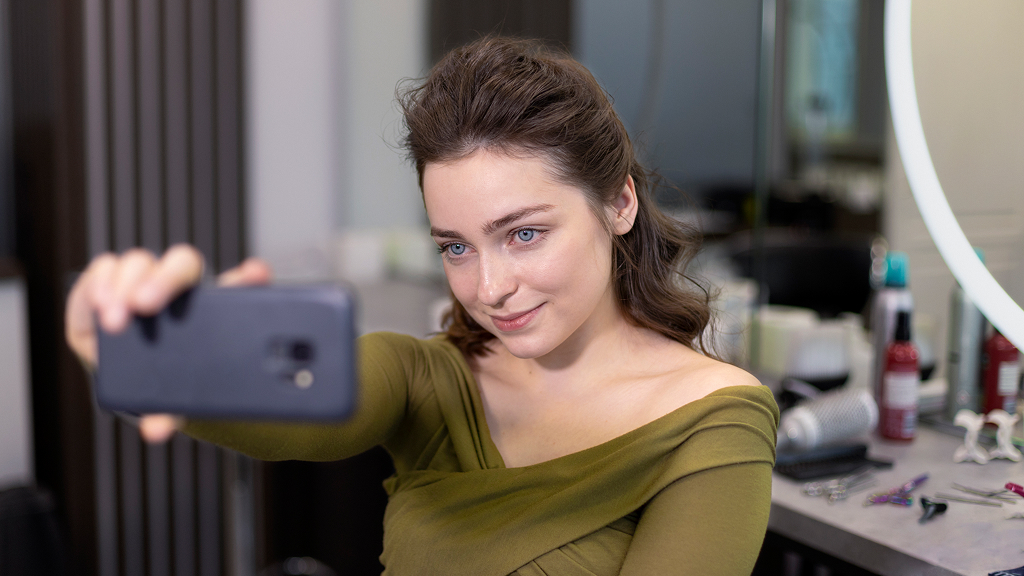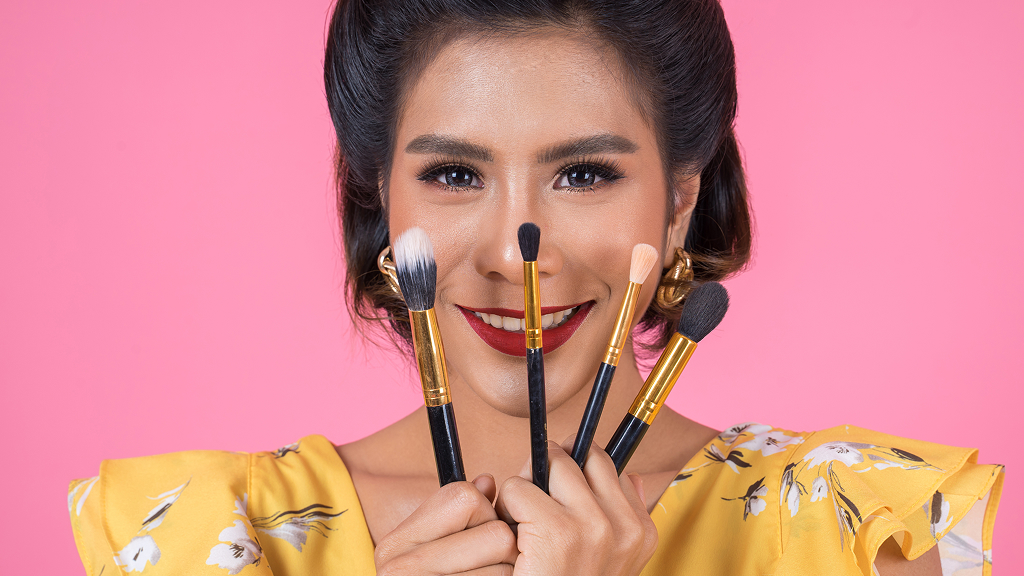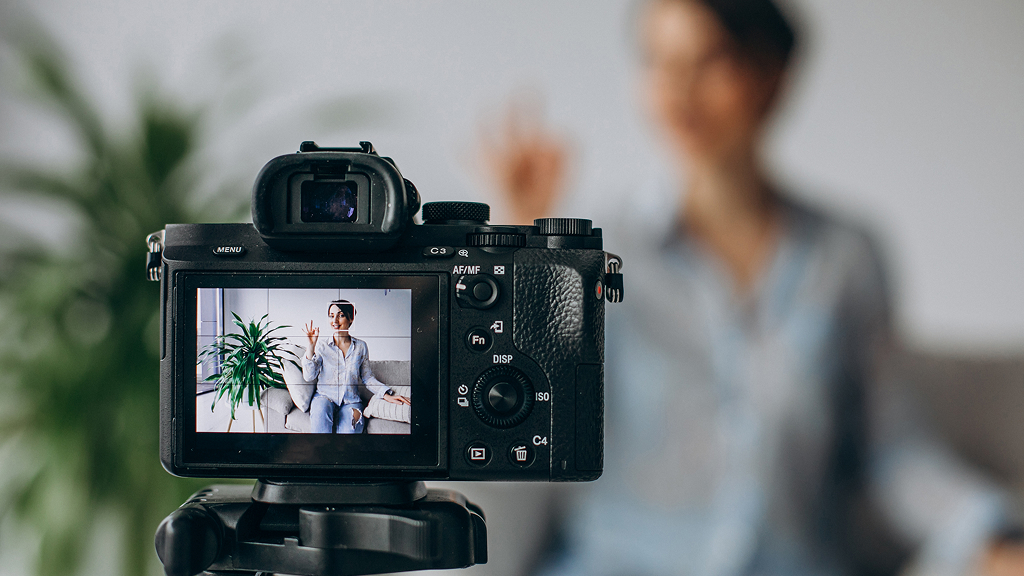Sephora’s Virtual AR Try-On – Redefining Beauty Shopping

Table of Contents
Sephora has always been ahead in blending technology with beauty. Its digital beauty campaign featuring the Virtual Artist AR tool became a game-changer, allowing customers to try on products virtually. This wasn’t just a fun experiment; it was a prime beauty tech marketing example of how retail can use immersive technology to create personalisation at scale.
-
overviewoverview
-
Sephora’s Digital StrategySephora’s Digital Strategy
-
Sephora’s Immersive Retail ExperienceSephora’s Immersive Retail Experience
-
The Impact of Sephora’s AR Try-OnThe Impact of Sephora’s AR Try-On
-
Key Takeaways from Sephora’s AR Marketing Case StudyKey Takeaways from Sephora’s AR Marketing Case Study
-
FAQsFAQs
Campaign Overview

Sephora’s virtual try-on campaign introduced the Virtual Artist tool, a feature that transformed the way people shopped for beauty products. Rather than using tester products or visualizing how a color would suit them, shoppers could swipe their faces and test out hundreds of shades and looks in real time. The experience replicated the familiar beauty counter, but with a technological spin that was quicker, neater and more engaging.
The campaign was aimed at making beauty shopping more convenient and interesting. Consumers could test out bold looks without fear, find products they would not have known about otherwise and avail themselves of the convenience of trying makeup on at home with the app or in stores with AR kiosks.
Sephora’s Digital Strategy
Sephora’s move to launch Augmented Reality was not trend-chasing; it was a strategic play that made sense as part of the brand’s broader digital strategy. Sephora has long been about personalisation and empowering customers, and the Virtual Artist application was an organic expression of that idea.
The app went beyond a simple try-on feature. By analysing customer data and preferences, it was able to suggest shades and looks tailored to each individual. Every session felt personal and unique, giving shoppers the confidence to make choices that truly suited them. This blend of interactivity and customisation turned makeup shopping into an engaging experience rather than a guessing game.
With this approach, Sephora established one of the strongest examples of personalisation in retail, proving that technology, when thoughtfully applied, can build trust and create lasting connections between brands and their customers.
Sephora’s Immersive Retail Experience
Sephora’s Virtual Artist demonstrated that shopping in today’s day and age is not about acquiring products alone; it’s about making memories. In-store, AR kiosks allowed customers to try on makeup with a quick scan, while the app provided the same interactive experience from home. This frictionless transition from online to offline ensured the journey was seamless and convenient, whether customers shopped online or offline.
The impact was clear: people spent more time exploring, felt more confident about their choices, and connected with the brand in ways that went far beyond a regular shopping trip.
The Impact of Sephora’s AR Try-On
Sephora’s Virtual Artist demonstrated that AR could have a direct impact on shopping behaviour. Users of the tool were more interactive, taking longer to browse products and experiment with various looks. This experiential process gave confidence, resulting in increased conversion rates and reduced returns because shoppers knew better how the product would fit them.
The campaign also boosted sales, with some retailers seeing conversion rates rise by over 30%. By turning product testing into a digital experience, Sephora improved customer satisfaction and set a new standard for AR in beauty marketing.
Key Takeaways from Sephora’s AR Marketing Case Study
Personalisation Drives Loyalty
Sephora demonstrated that customers engaging in customised experiences build positively. Branding each interaction as unique, the engaging brand made recommendations and enabled users to virtually try on colours, fostering deeper customer relationships.
Immersion Makes Shopping Engaging
Virtual Artist transformed beauty shopping from a transaction to an experience. Consumers were able to play freely, making it more interactive, fun and memorable.
Trust Leads to Confident Purchases
AR helped shoppers see exactly how makeup would look on their skin, giving them confidence to buy. This led to more sales and fewer returns.
Innovation Sets Brands Apart
By being among the earliest beauty retailers to adopt AR, Sephora became a trendsetter. Its progressive strategy not only generated extra revenue but also set an example for other companies to adopt in digital retail.
FAQs
1: What is Sephora’s Virtual Artist tool?
It’s an Augmented Reality (AR) feature that lets shoppers virtually try on lipsticks, eyeshadows and other products through the app or in-store kiosks.
2: Why did Sephora launch the virtual try-on campaign?
The goal was to remove the uncertainty of buying makeup online by allowing customers to see products on themselves before purchasing.
3: How does this campaign fit into Sephora’s digital strategy?
It reflects Sephora’s focus on personalisation and innovation, using AR to make shopping more interactive and customer-centred.
Sephora’s Virtual Artist is not merely a smart application of AR; it’s evidence of the way technology can turn shopping into a customised and exciting experience. By combining innovation with customer needs, Sephora built trust, increased sales, and redefined what beauty retail can look like.
